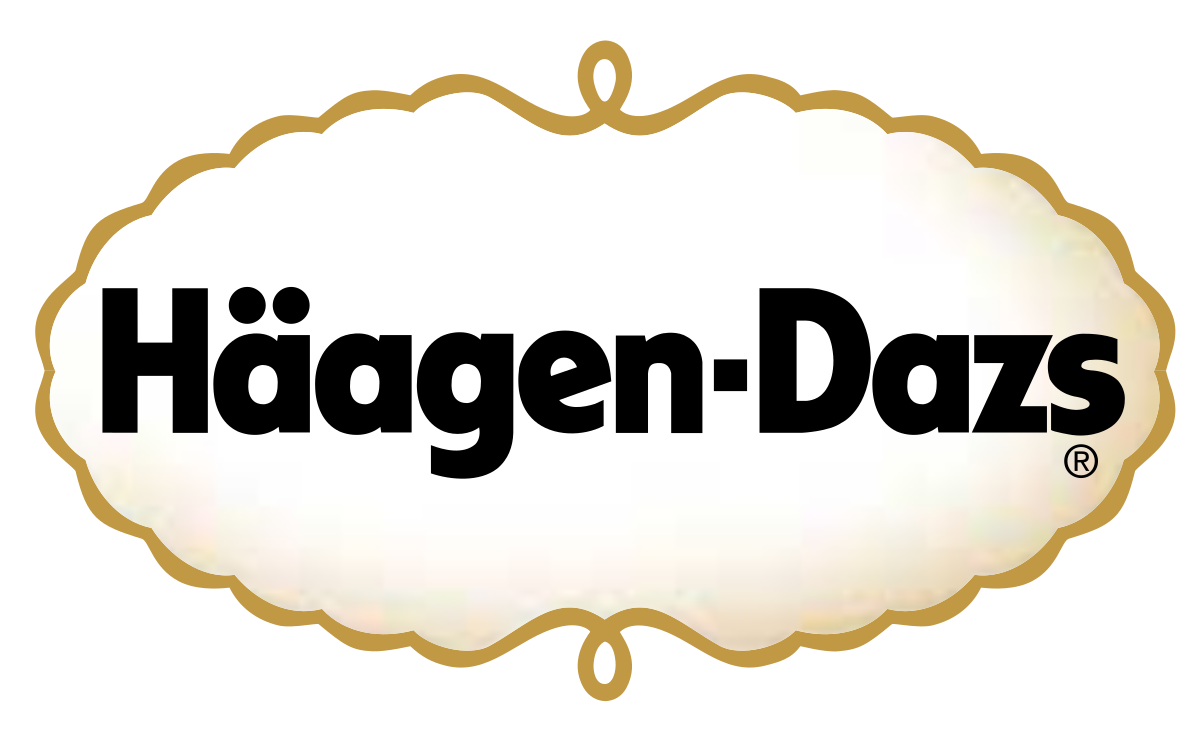
How to … name a business, product or service
“What’s in a name? That which we call a rose by any other name would smell as sweet.”
– Juliet Capulet, “Romeo and Juliet” (II, ii, 1-2)
Juliet, Juliet, Juliet … poor, naive Juliet. As much as she may have truly believed that names didn’t really matter, in the end, it was a name (two of them, actually) that ended up dooming both her and her dear, lovestruck Romeo.

So, yes Juliet, names do matter (sorry we couldn’t get that message to you earlier) and not just to people, naming a product, service or business can often also be a life or death decision.
Sure, maybe you’re the next Beatles—an organization that puts out such a great product that it makes everyone forget about how truly awful your name is, but before you roll the dice on a some cheesy pun, you better make sure you have a John, Paul and George in the band and not just four Ringos.
Don’t want to take your chances? To help, we’ve pulled together the following tips and strategies you can use the next time you’re caught playing the name game.
Do your homework
The naming process isn’t easy, so do yourself a favor and arm yourself with a lot of research. While this can be as easy as just jotting down who you serve and what you deliver, if you have the time and the money, we recommend doing a full-blown SWOT analysis and brand audit.
This extensive process will result in a lengthy report (we’ve done some that have neared 100 pages—including the appendix) that not only outlines your strengths and weaknesses but helps give your brand dimension. During the process, you’ll talk to your employees, talk to your costumers, talk to the competitor’s customers and talk to industry insiders to find out how they view your company.
One of our favorite questions to ask people during this process is to compare the business to another object (a car, an animal, etc.). While the process may seem silly at first, it’s one we have found to be invaluable when it comes to the actual naming process.
Brainstorm
You’ve probably heard the saying that there are “no bad ideas when you’re brainstorming” and it’s true, especially when you’re trying to come up with a great name—one that’s simple, memorable and unique.
To get started, we often recommend opening up a new Word doc or flipping to a clean sheet of paper and just jotting down everything that comes to mind. Remember, “no bad ideas” just because a specific word or phrase might not be the right one, that doesn’t mean it won’t lead you to the one that is.
If there is more than one person involved in the process—and we hope for your sake, there are—start off working on your own and then come together and compare lists. Chances are you’ll be opened up to whole new trains of thought.
To get things rolling, here a few thought starters:
- What animals relate to your business or product offerings? (Real-world examples: Caterpillar, Reebok—named after an African Antelope, Turtle Wax, Ram trucks)
- What benefits does your company or products offer? (Real-world examples: Under Armor, Angel Soft)
- Are there any historical or literary associations that can be made? (Real-world examples: Tesla, Samuel Adams, Starbucks)
- Can any influences be derived from nature? (Real-world examples: Patagonia, North Face, Amazon)
- Does your location have a strong relationship with your brand? (Real-world examples: Mutual of Omaha, CISCO—short for San Francisco)
- How will people use your product? (Real-world example: Dunkin’ Donuts)
- Would an acronym be appropriate? (Real-world examples: GEICO—Government Employee Insurance Company)
- Would a word taken from a foreign language work? (Real-world example: Sony—taken from “sonus,” the Latin word for sound)
If you get stuck, a thesaurus can be your best friend.
Once you have a list, highlight your favorites and begin to look for ways to combine words from your list. One way to do this is to take your initial list and create two or three columns broken down by words that would work at the beginning, middle and end of a potential name (the last column may be an identifier word like “communication,” “apparel,” or “automotive”).
Get creative
One of the best ways to come up with a unique name for a business is to combine two words to make a new one. Two great examples of this are Groupon (a combination of “group” and “coupon”) and Comcast (a mashup of “communication” and “broadcast”).

Still not landing on something you like? Why not make up your own word like Häagen-Dazs did? If you were like us, you probably thought there was some great meaning behind that great, Danish-sounding name, well … there isn’t. The word (or words?) Häagen-Dazs isn’t really Danish and it actually it isn’t even a word, it is something the company’s founders just came up with to sound Danish—the company originates in Brooklyn.
Separate the wheat from the chaff
Now, it is time to make some cuts and identify your leading contenders. Once you have a short list, it’s important to take some time and just live with them a bit. Poll people around the office, ask friends and family what they think, write them out and pretend you’re answering the phone using them—whatever it takes to get a feel for how a name will work and be received by others.
Check availability
Before you fall too deeply in love with a specific name, it is important to see if it is even available.

Unless you are using your actual name for your business, it is probably a good idea to get it trademarked. The United States Patent and Trademark Office has a great tool that allows you to see if a name has already been trademarked in a given industry (it is possible to trademark a name someone else is already using if you aren’t working in the same industry).
The other, and equally important, thing you need to check on is url availability. To do this, we recommend doing a simple web search and seeing what comes up. While it may be tempting to search a domain registration site, we have personally been burnt by doing so. You can do your search to see that a url is available only to have someone swoop in and snatch it up.
Of course, just because a url is taken doesn’t mean you can’t get it, but often you’ll find yourself in what feels like a ransom situation. One way around this to simply amend your original url with something that makes it unique such as the city where you are based or some other industry-specific identifier.
Register it
Now that you have settled on a name and know it is available, it’s time to make it official. Buy the url immediately (and make sure it’s a .com not a .net or .biz, that’s what people are used to typing in) and log back into the United States Patent and Trademark Office and pay the couple hundred bucks required to get it registered. If your business is large or complicated, it might be a good idea to get an attorney involved just to make sure you’re fully protected.
While you’re doing that, log into any and all social media platforms that you think there is even the most remote possibility you will use and claim the username before someone else does.
Once that’s all done, you’re in business and now it is time to give that name some meaning.
Have thoughts or questions or want help with your next naming project? Leave a comment below or contact us in person.